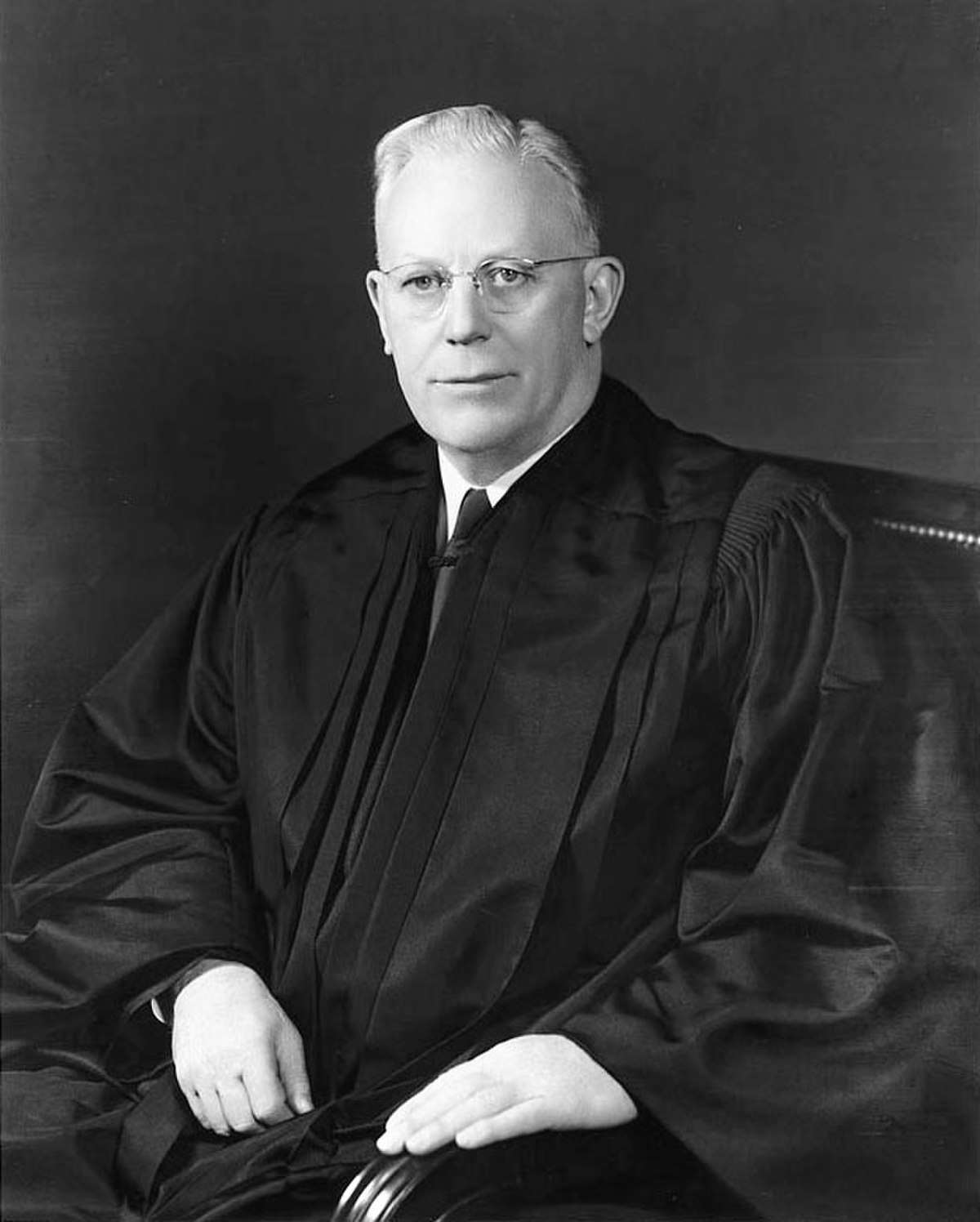
Brown v Board of Education
Supreme Court of the United StIn the spring of 1951, black students in Virginia protested their unequal status in the state's segregated educational system. Students at Moton High School protested the overcrowded conditions and failing facility. The NAACP proceeded with five cases challenging the school systems; these were later combined under what is known today as Brown v. Board of Education.
On May 17, 1954, the U.S. Supreme Court under Chief Justice Earl Warren ruled unanimously in Brown v. Board of Education of Topeka, Kansas, that mandating, or even permitting, public schools to be segregated by race was unconstitutional.Chief Justice Warren wrote in the court majority opinion that
Segregation of white and colored children in public schools has a detrimental effect upon the colored children. The impact is greater when it has the sanction of the law; for the policy of separating the races is usually interpreted as denoting the inferiority of the Negro group.
On May 18, 1954, Greensboro, North Carolina, became the first city in the South to publicly announce that it would abide by the Supreme Court's Brown v. Board of Education ruling. "It is unthinkable,' remarked School Board Superintendent Benjamin Smith, 'that we will try to override the laws of the United States." This positive reception for Brown, together with the appointment of African American David Jones to the school board in 1953, convinced numerous white and black citizens that Greensboro was heading in a progressive direction. Integration in Greensboro occurred rather peacefully compared to the process in Southern states such as Alabama, Arkansas, and Virginia where "massive resistance" was practiced by top officials and throughout the states. In Virginia, some counties closed their public schools rather than integrate, and many white Christian private schools were founded to accommodate students who used to go to public schools. Even in Greensboro, much local resistance to desegregation continued, and in 1969, the federal government found the city was not in compliance with the 1964 Civil Rights Act. Transition to a fully integrated school system did not begin until 1971.
